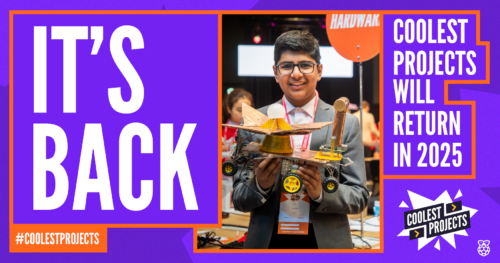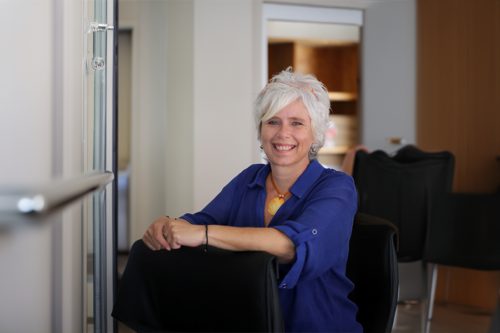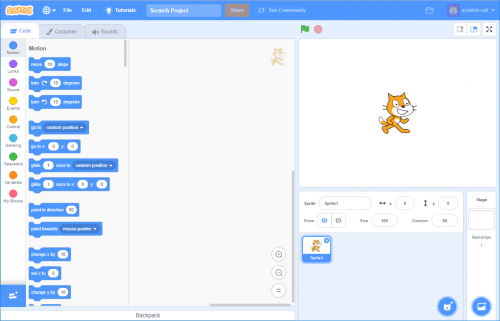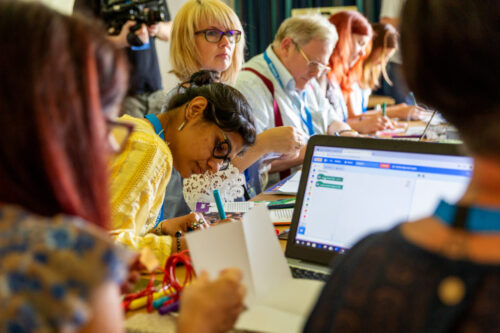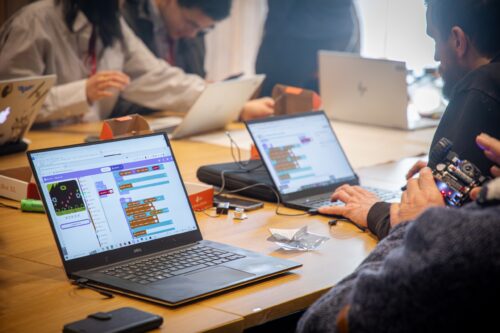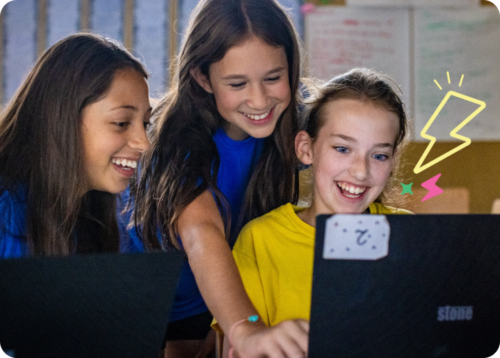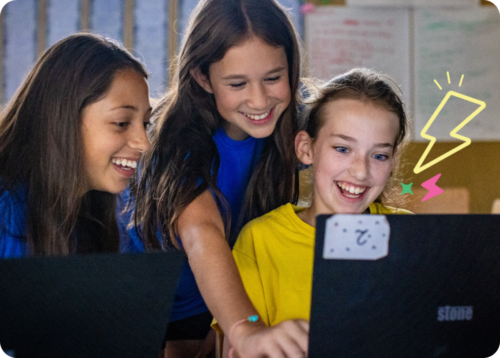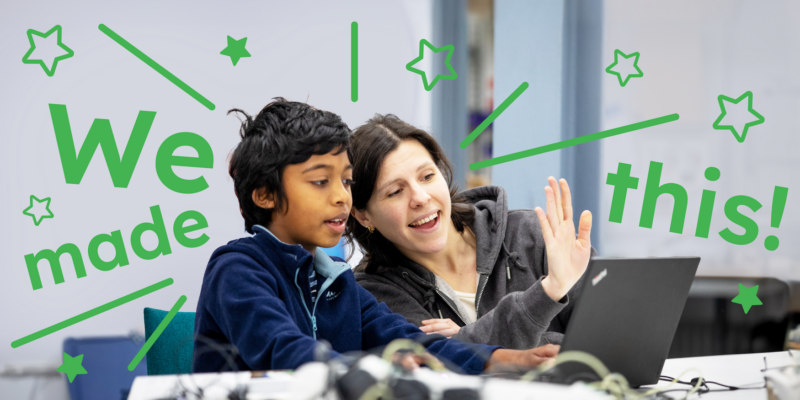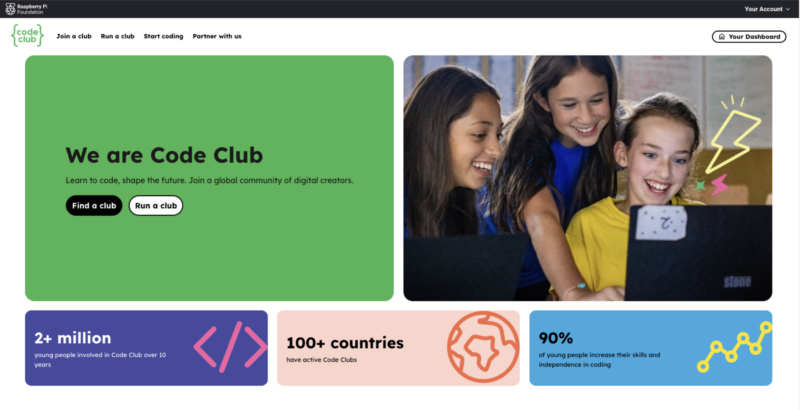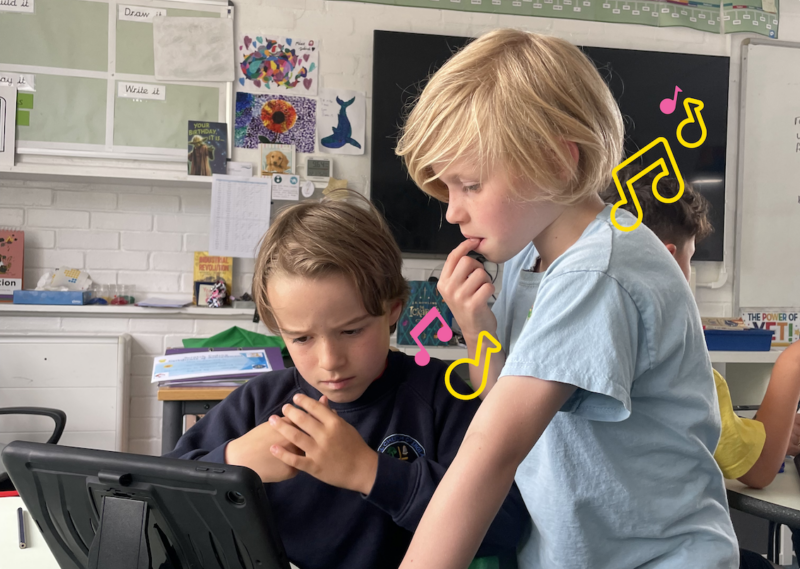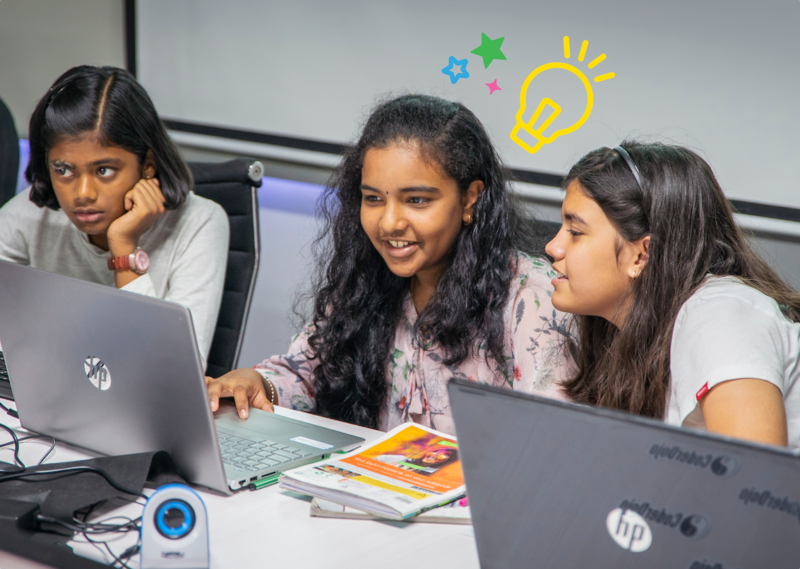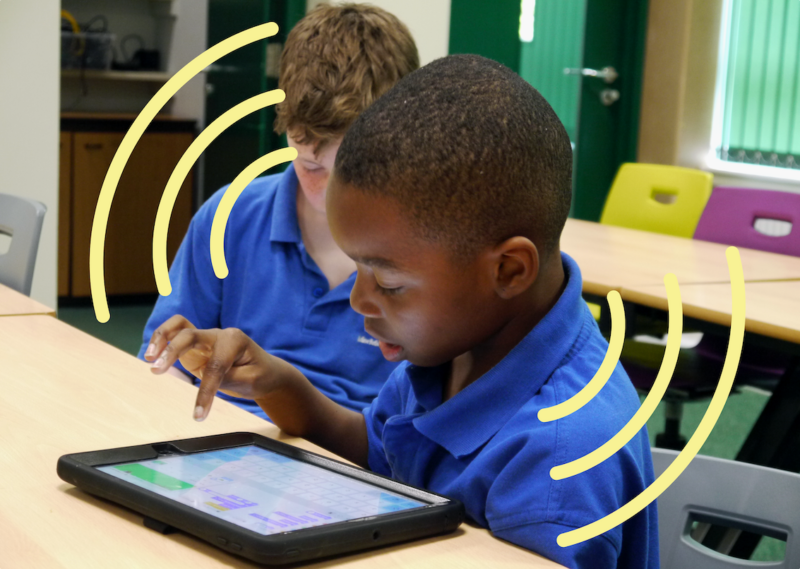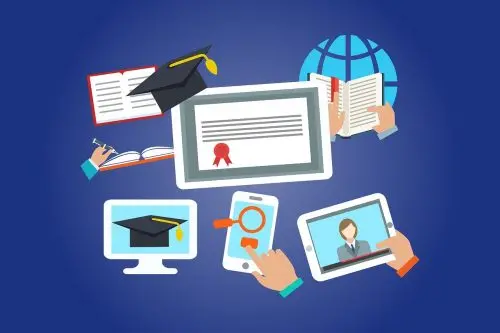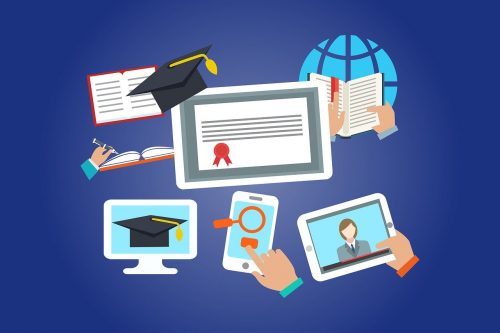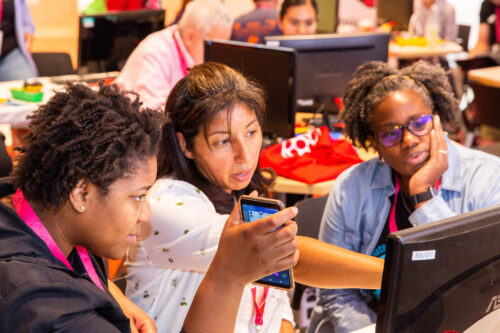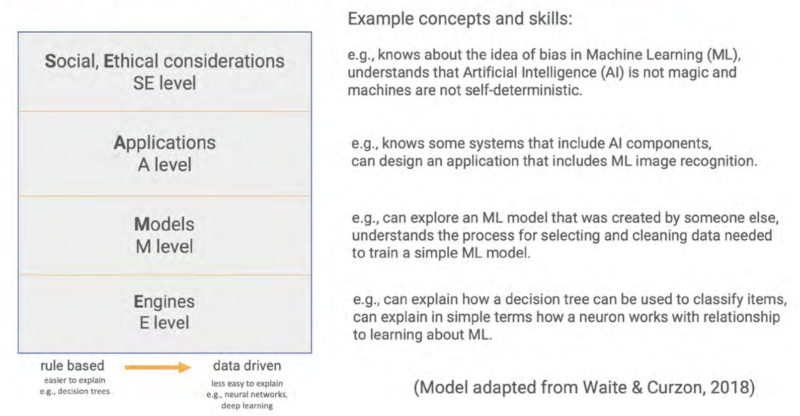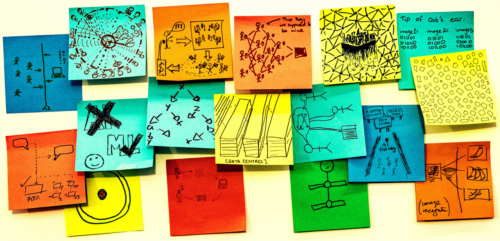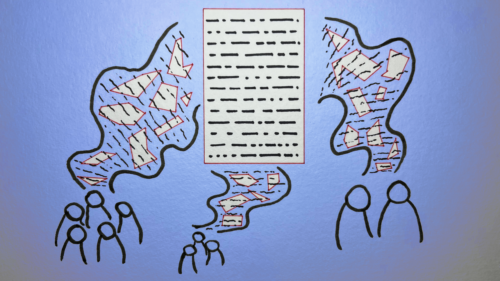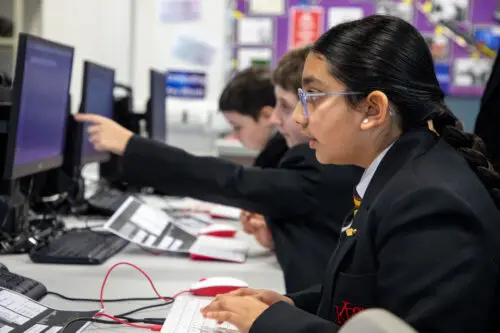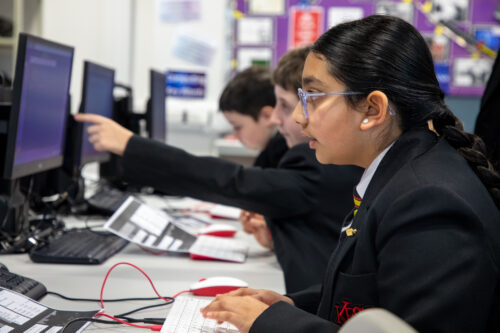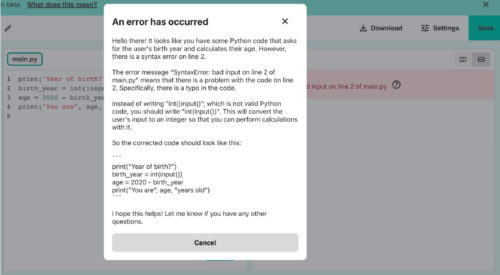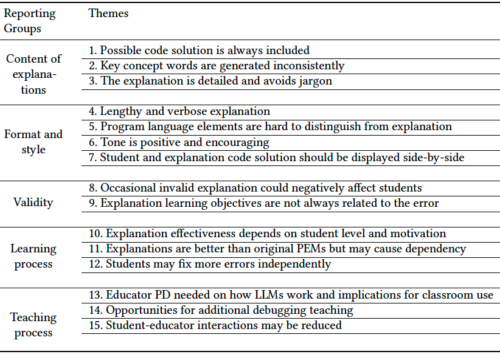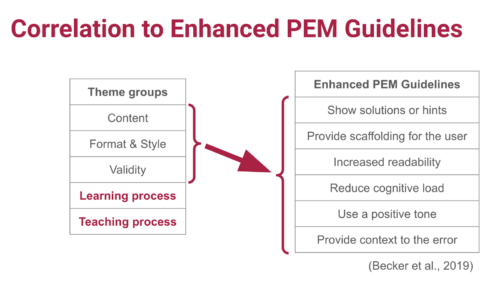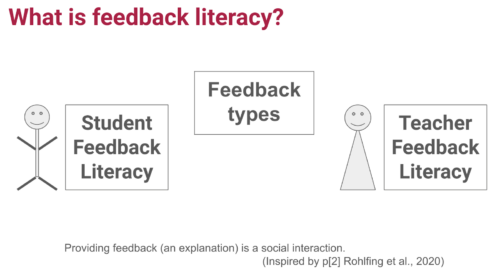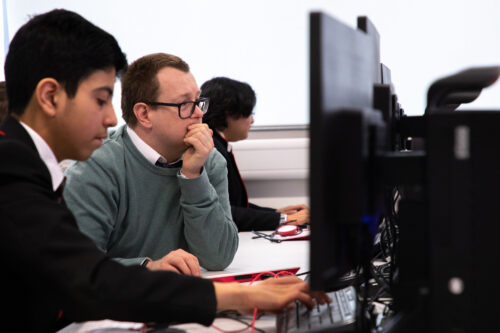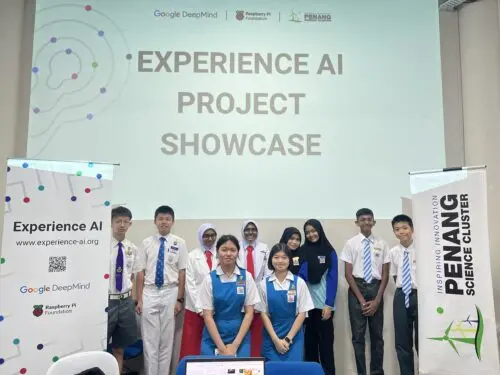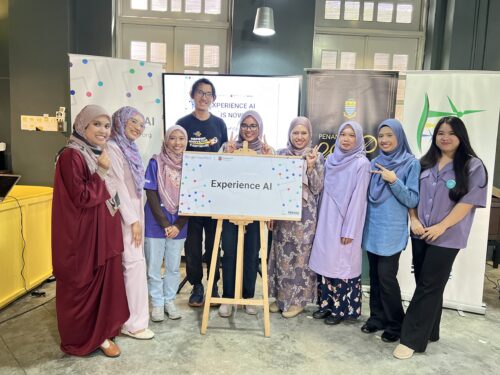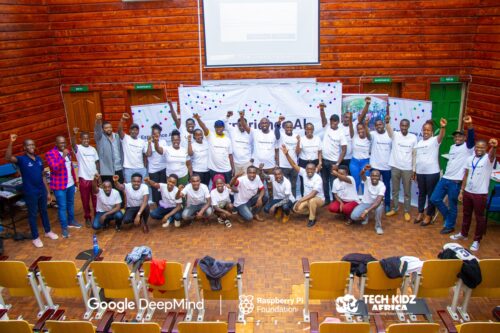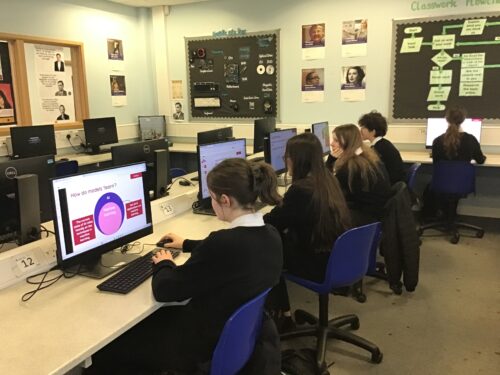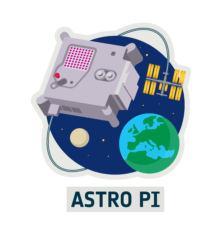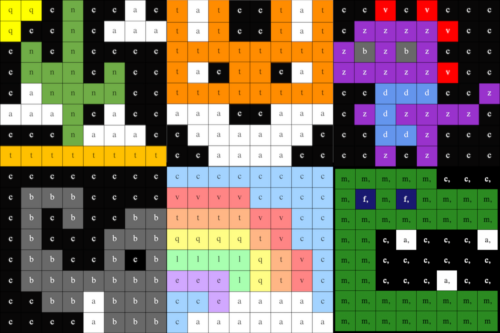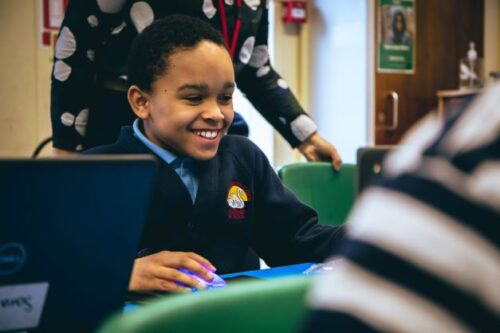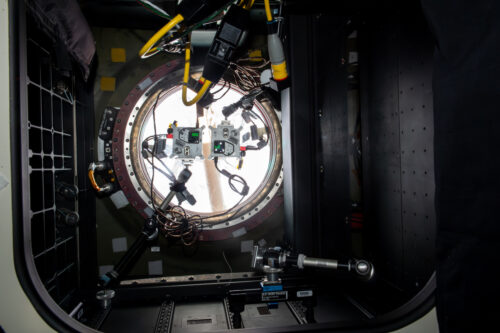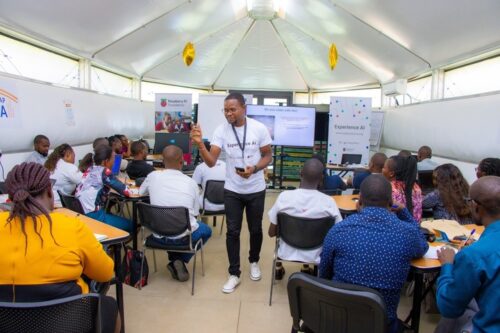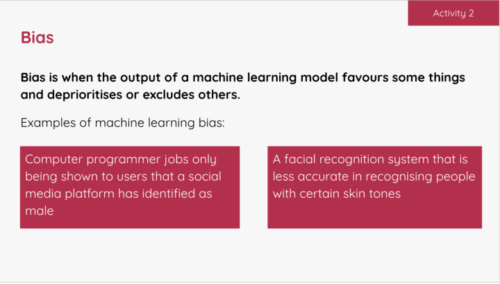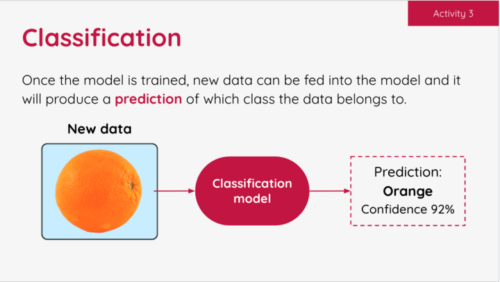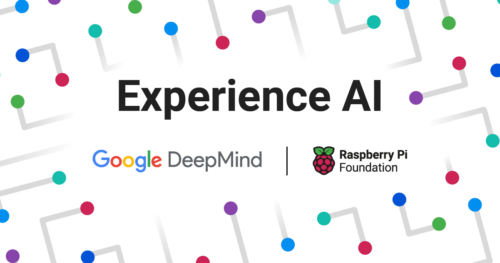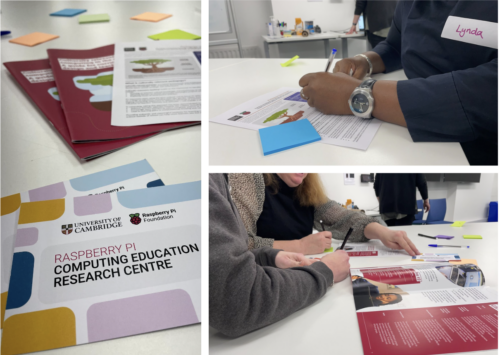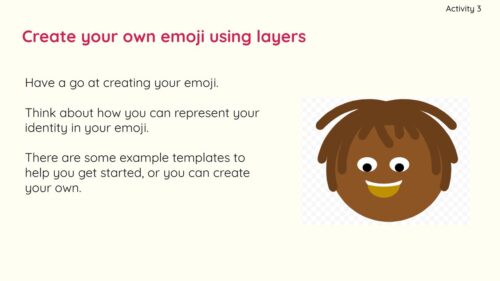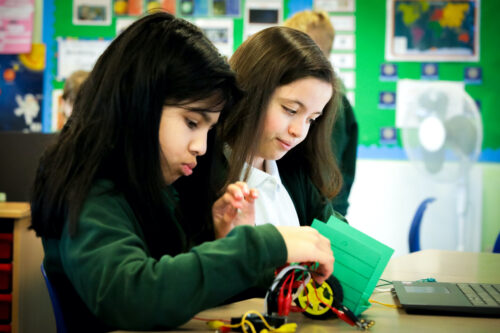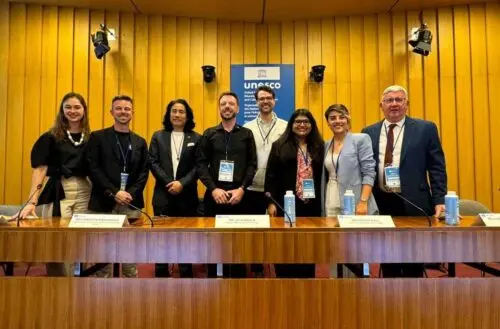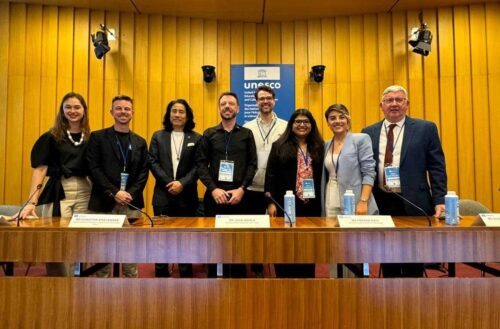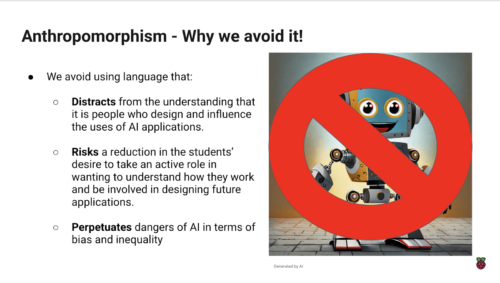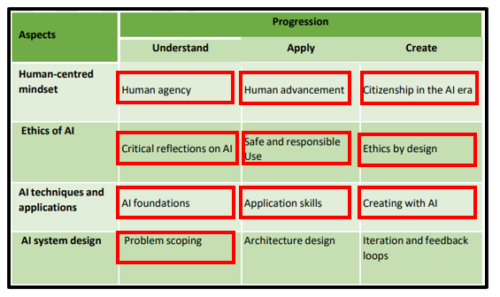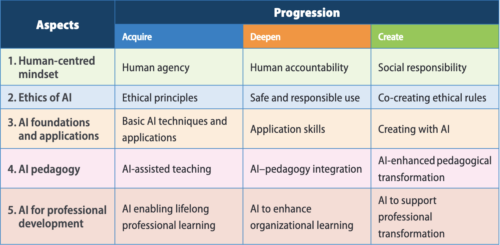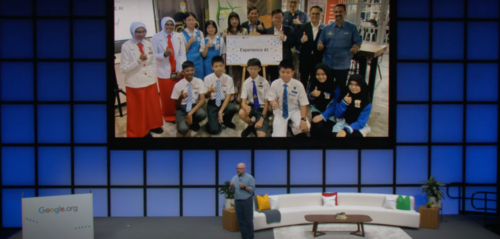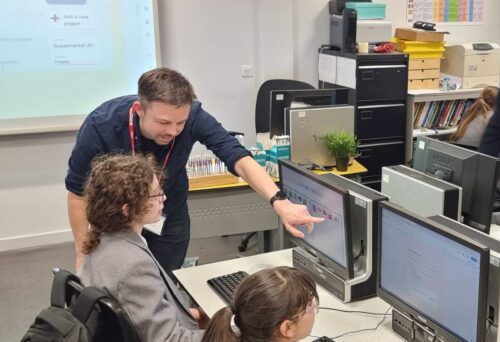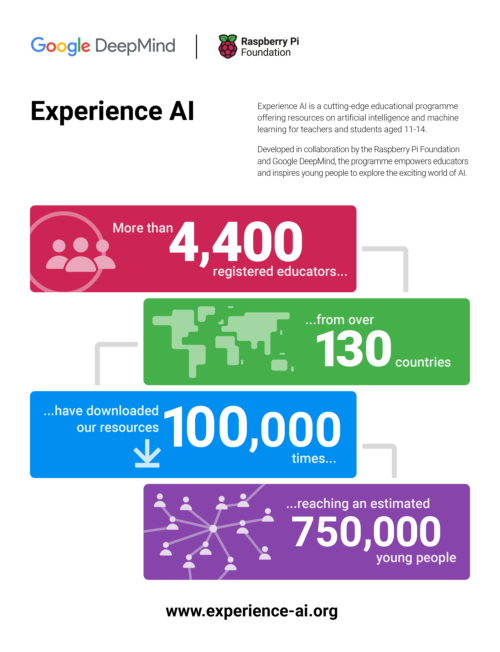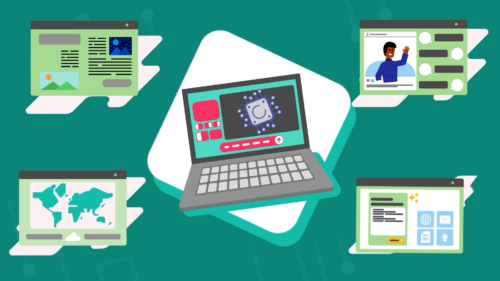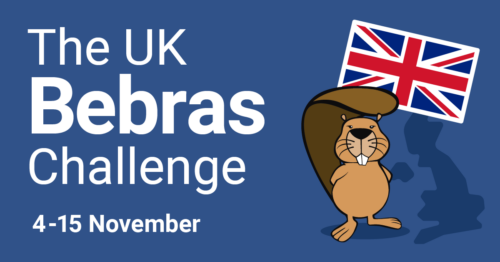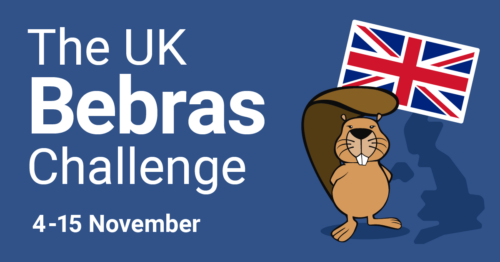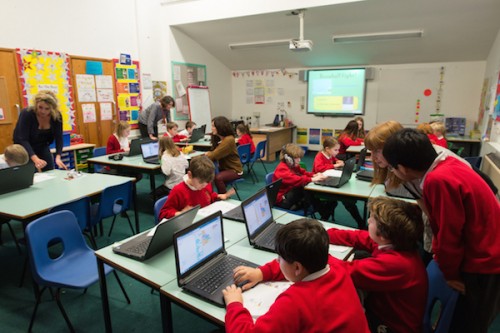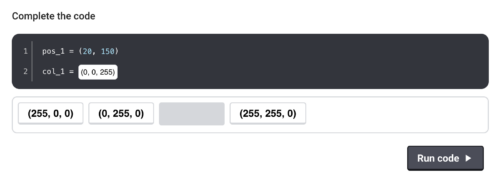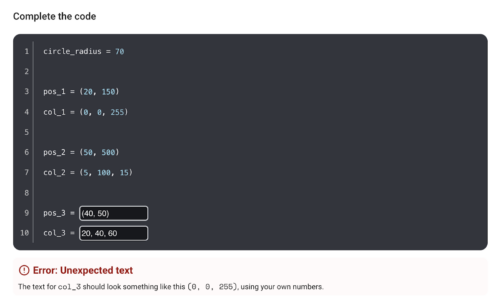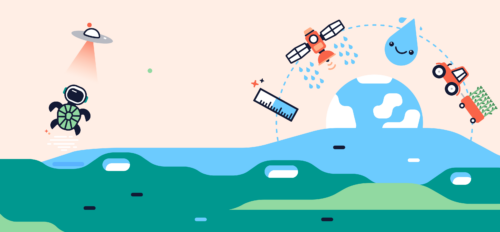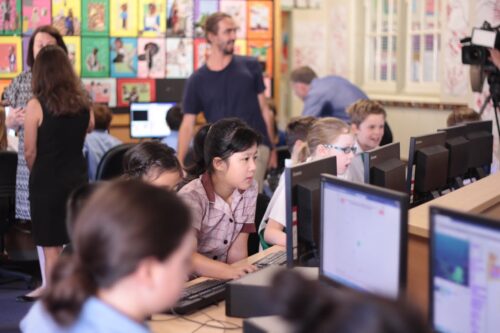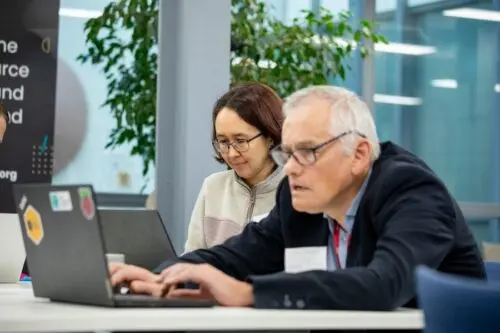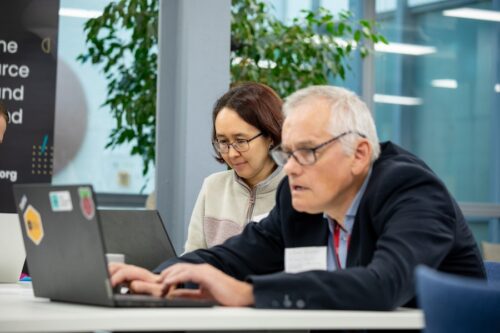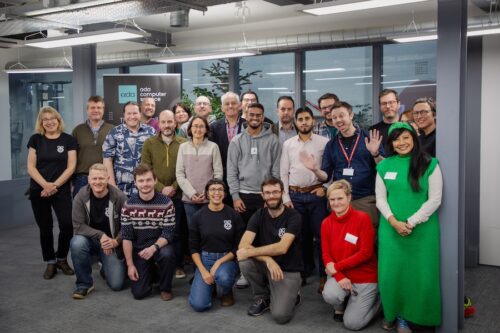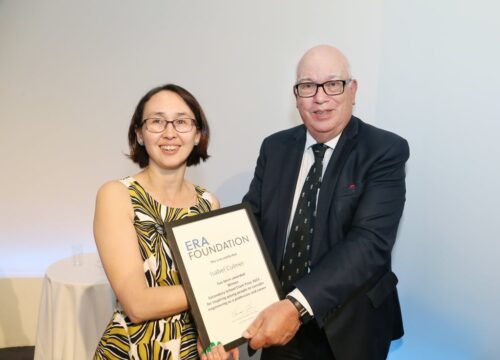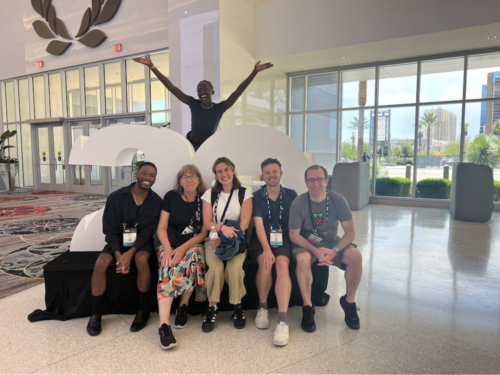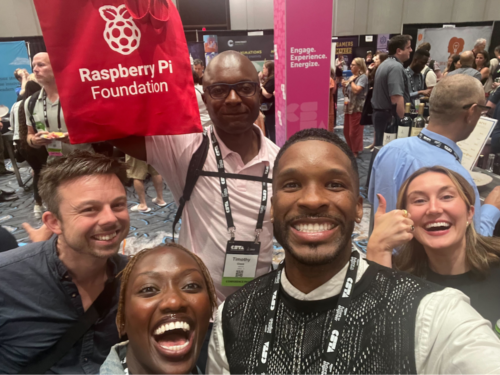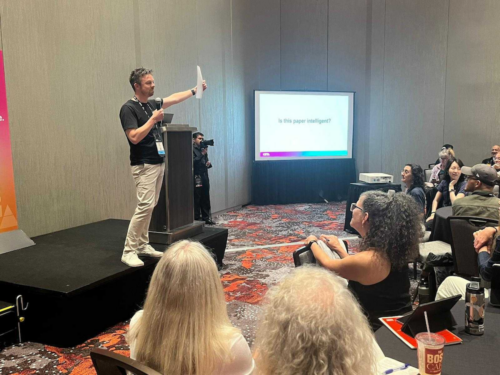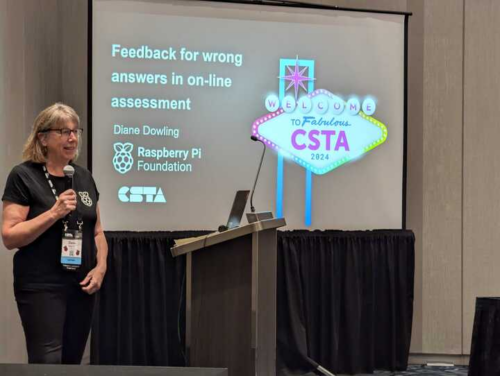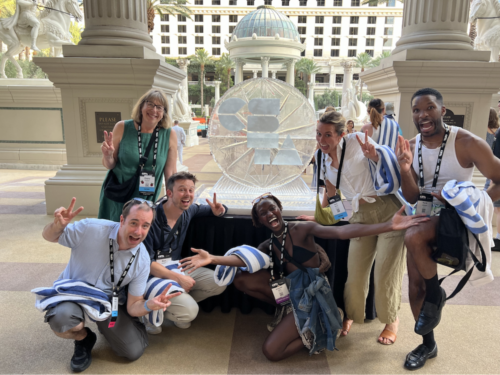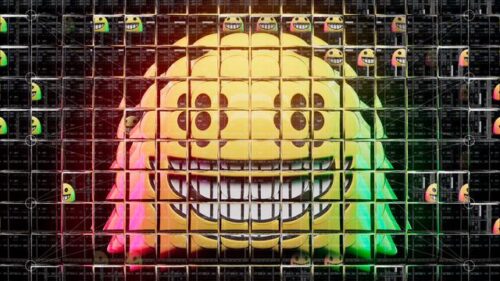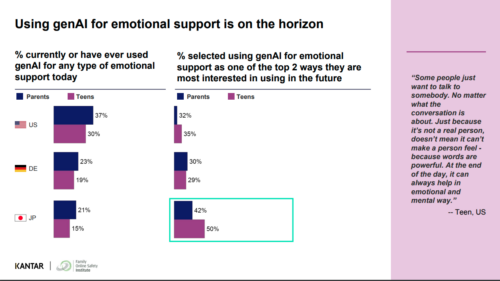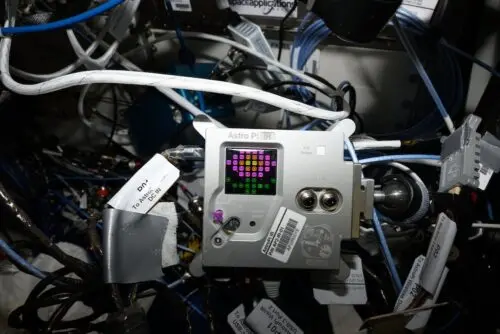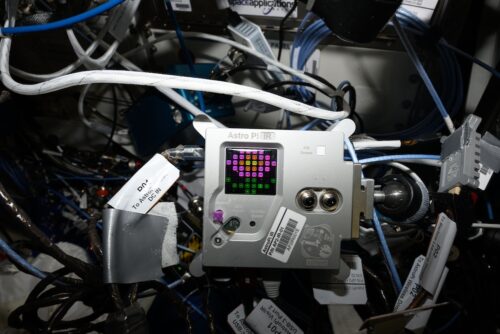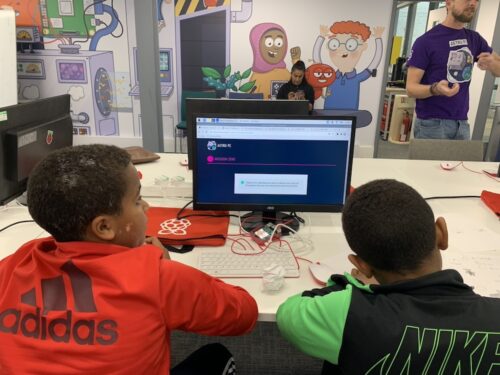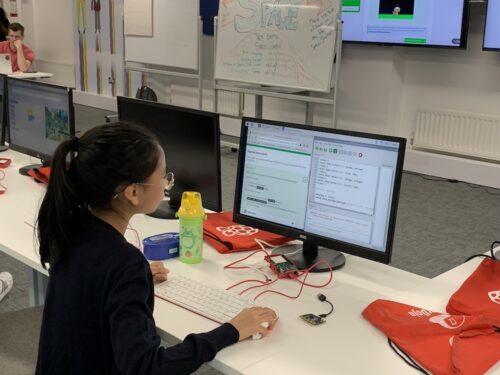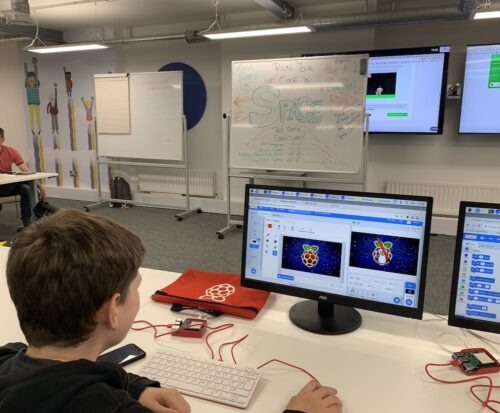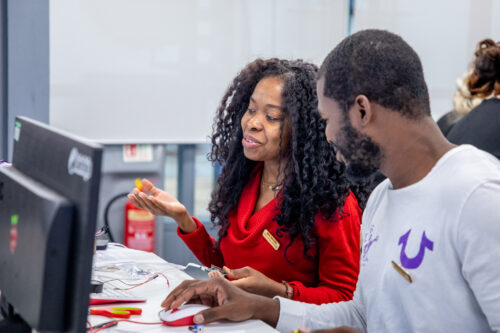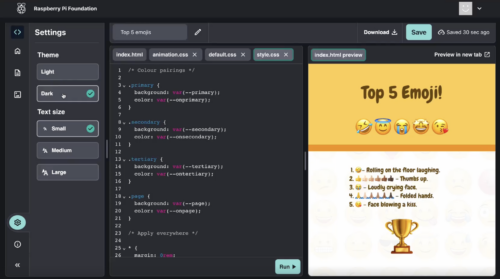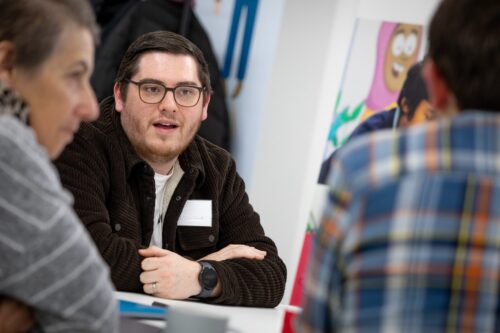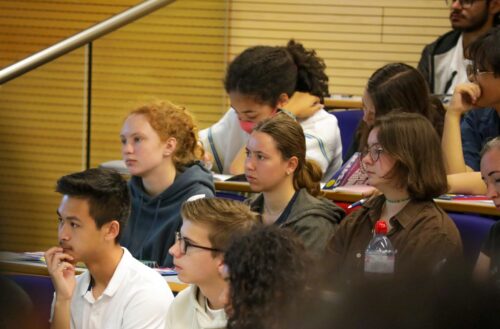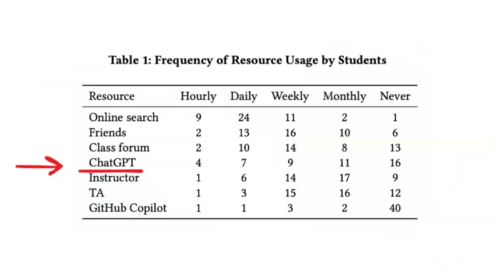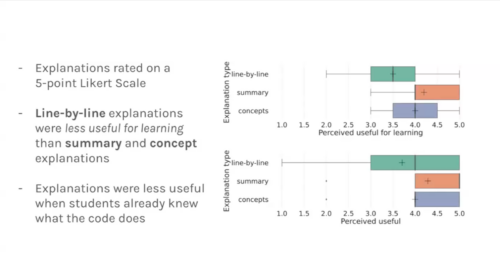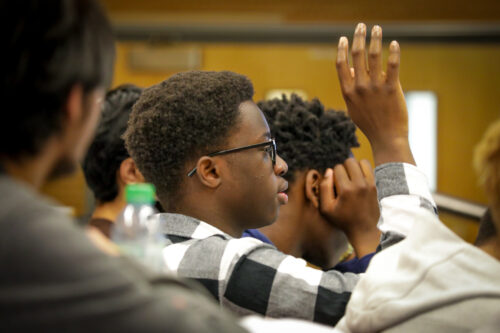Coolest Projects celebrates young digital creators and the amazing things they make with technology. Today, we’re sharing the impact that taking part in Coolest Projects showcases has on young people’s motivation and confidence, as well as announcing dates for Coolest Projects 2025.
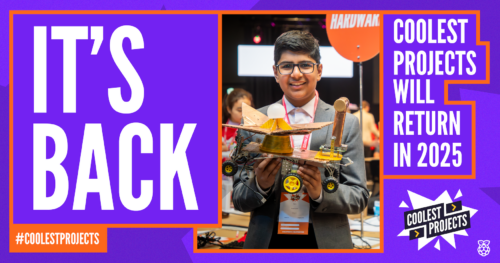
Coolest Projects in 2024
This year, 7197 young people across 4678 projects took part in our global Coolest Projects online showcase, with participants from 43 countries. All of these projects were shared in our online showcase gallery, and we hosted a live-streamed event celebrating the judges’ favourites watched by over 1000 people.
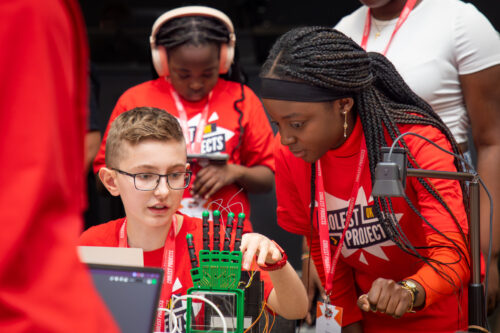
At the 2024 in-person Coolest Projects events in Ireland and the UK, 192 young people shared 120 projects. At these events, the young creators presented their projects to other attendees and our team of judges. They also took part in other activities, including a digital escape room.
We wanted to understand how Coolest Projects impacts young people, and so we collected the following data:
- For the online showcase, mentors and tech creators filled in a survey when they completed their project registration, and we ran focus groups with mentors, who are adults that support the tech creators
- At the UK and Ireland in-person events, creators completed a survey, other event attendees completed feedback cards, and we also interviewed creators.
Online showcase: Impact on skills and confidence
In the survey, mentors and young people told us that taking part in the Coolest Projects online showcase had a positive impact:
- 91% of young people and 87% of mentors agreed or strongly agreed that taking part in Coolest Projects online inspired them or their team to continue to participate in computing and technology
- 89% of young people and 86% of mentors agreed or strongly agreed that taking part in Coolest Projects online increased their or their team’s confidence in coding and digital making
Mentors told us that the community built by the online showcase gallery played an important role in making young people want to participate, and improving their confidence. One mentor said that “[being part of the online showcase] motivates them actually to do something innovative and… [the] global community motivates them to think out of the box.”
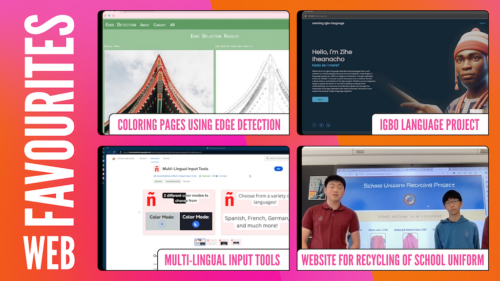
They also reported that the online community inspired young people to solve real-world problems. One mentor said, “the wonderful thing is the kids create so many things which are solutions to world problems.” Others told us that young people feel a great deal of pride that their solutions are available for others to see online and that they get ideas from other projects on how to solve problems. One mentor from India told us about a young person who created a boat to clean rivers and then was inspired to learn to program micro:bit devices, having seen similar projects in the gallery.
Focus on ‘growth, not competition’
The phrase ‘growth, not competition’ came from the mentors in the focus group, and we love this description.
“[With] Coolest Projects… the only agenda is to grow. Grow with the coding, nurture your skills, creativity.” – Focus group attendee.
In he focus group, mentors told us they really valued the way the Coolest Projects online showcase allows all young people to participate, including those who were less experienced tech creators. One mentor told us that because everyone’s project is displayed in the gallery the “beauty is that everybody is encouraged individually… regarding the experience. … They can start with very small things. And they have [the] opportunity to upload it on the platform.”
One mentor who supports young people in remote locations in India spoke about the way Coolest Projects offers a level playing field where his students can be included and participate to the same extent as less remote places: “students never feel left behind.”
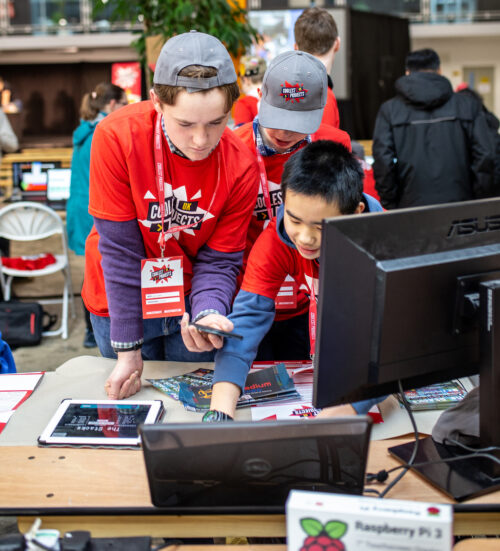
The in-person events also reflected the diversity of young people’s experience of digital making. Of those creators who answered surveys, 35% said it was their first time making this kind of project, while 37% said they had made similar projects before. This mix of experience was also reflected in the interviews, with some young people creating something for the first time and having only started learning coding recently, while others had been developing their projects for a long time. Many creators told us they felt inspired by the opportunity to show their projects to others, regardless of their experience level.
In-person events: Building a community of digital creators
Attendees at both Coolest Projects UK and Ireland commented on the sense of community and the excitement that was generated by being around other young people. One young person spoke about how much they enjoyed being “surrounded by people who like coding too”. They really valued seeing other creators’ projects and speaking with their peers.
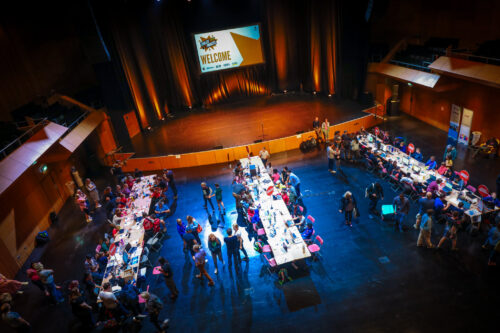
The young people we spoke to reflected on the positive impact of this sense of community and belonging. They told us that seeing others’ projects inspired them to develop their ideas and learn new skills. One young person described how the in-person event allowed them to “get inspired and socialise.” A second said, “that’s why I’m here — to get inspired.”
Another clear theme was how much young people valued the opportunity to show their projects to others. This gave them confidence in their own ability to build things. One creator at Coolest Projects UK spoke about the sense of achievement they felt after building something themselves and then being able to present it to others.
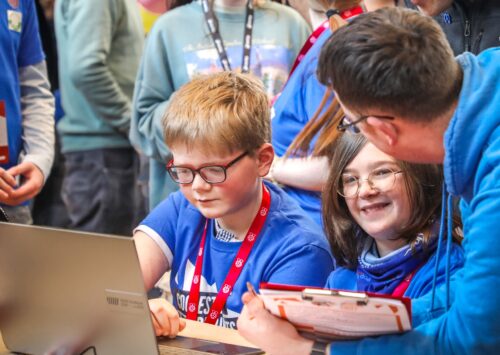
Young people at both events spoke about their plans for what they wanted to do next, talking about trying new technology such as building games, learning Python, and creating mobile apps. At both events, creators described how they wanted to continue to develop and build on their existing ideas with the possibility of showcasing them again.
What we want to learn next
We are continuing to look for ways to improve the Coolest Projects experience for young people and their mentors. As part of this, we are conducting user experience research to understand how we can improve the registration process for the online Coolest Projects showcase.
We were delighted to hear from mentors in this year’s focus group how much they valued the online showcase gallery, and we want to understand the impact of this resource better as part of Coolest Projects 2025. If you want to find out more about Coolest Projects, we highly recommend taking a look at the amazing projects made by young people around the world.
Dates for Coolest Projects 2025
We’re so pleased that so many young people around the world loved taking part in Coolest Projects this year. And we’re very excited that Coolest Projects will be back and bigger than ever before in 2025!
The Coolest Projects online showcase is open to any young person up to age 18, based anywhere in the world. Registration opens 14 January, and we’ll host a celebratory livestream on 25 June.
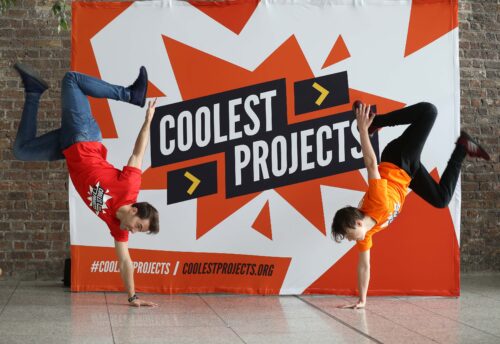
Coolest Projects in-person events will also be popping up around the world. In-person events are open to everyone up to age 18 in the host country. Family and friends are very welcome to come along too.
Save the date for:
- Coolest Projects Ireland, 1 March 2025
- Coolest Projects USA, 5 April 2025
- Coolest Projects Belgium, 20 April 2025
- Coolest Projects UK, 17 May 2025
- Coolest Projects Belgium, date to be confirmed (TBC)
- Coolest Projects Ghana, date TBC
- Coolest Projects India, date TBC
- Coolest Projects Malaysia, date TBC
- Coolest Projects South Africa, date TBC
Keep an eye on the Coolest Projects website for more event dates and details coming soon.
It’s never too early to start making and saving digital projects to showcase next year. We can’t wait to see what the world’s young tech creators will make!
Website: LINK
